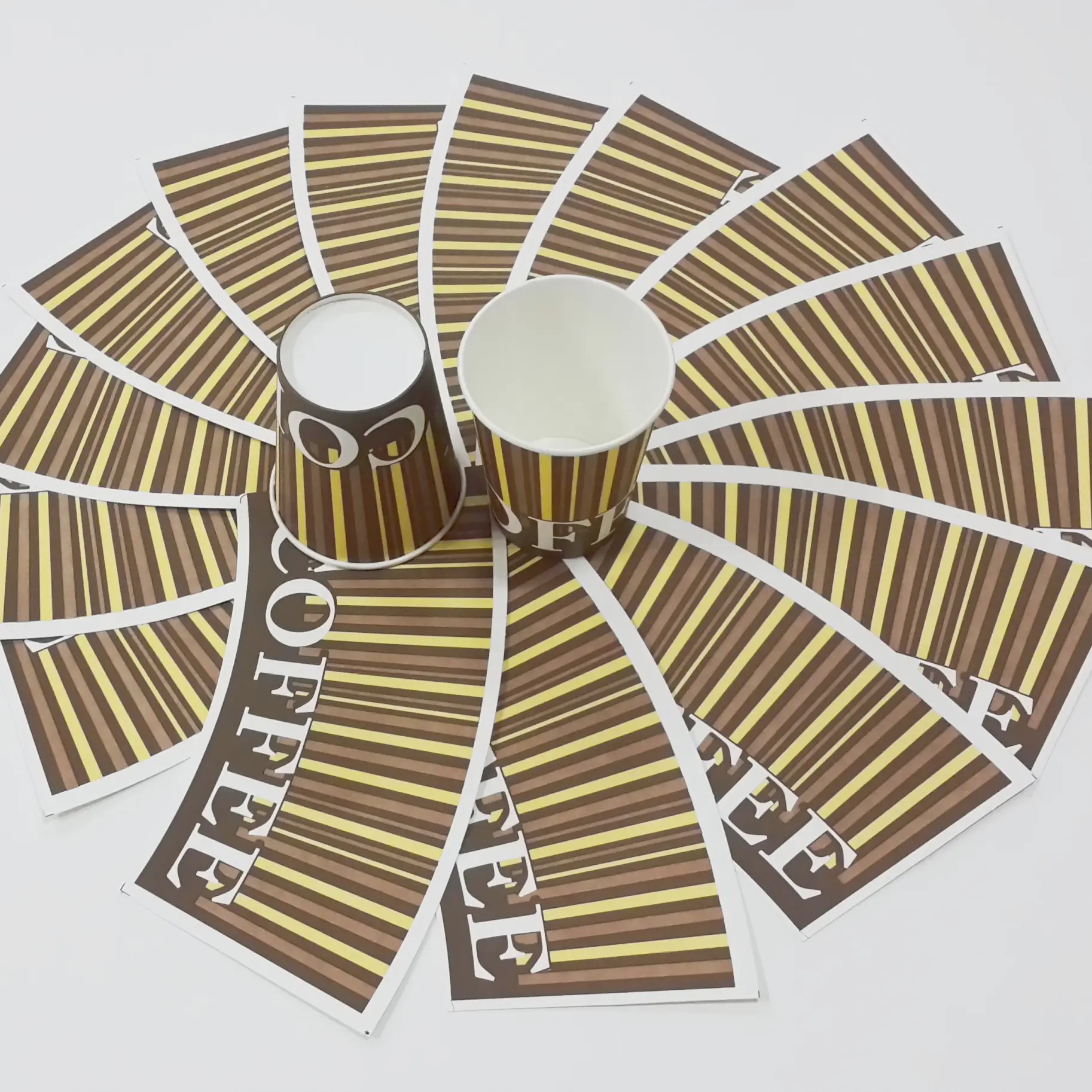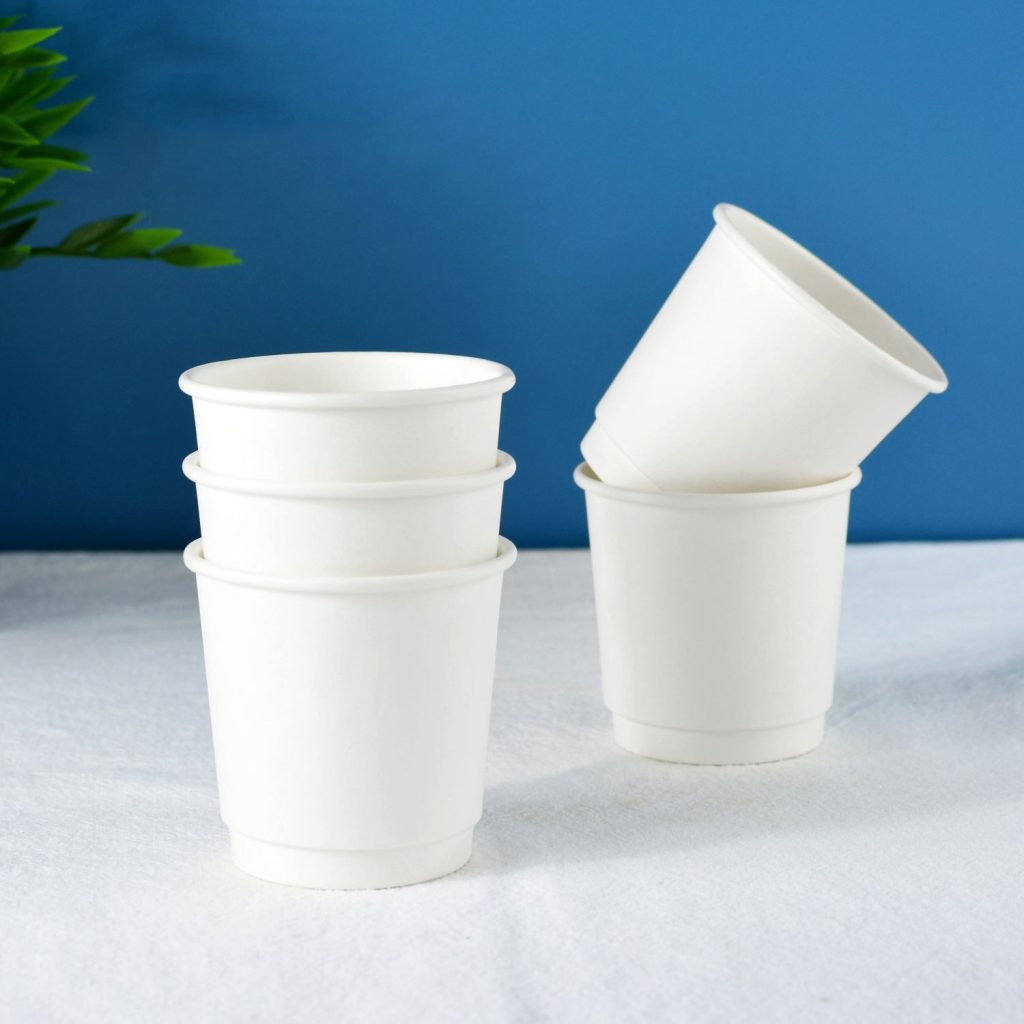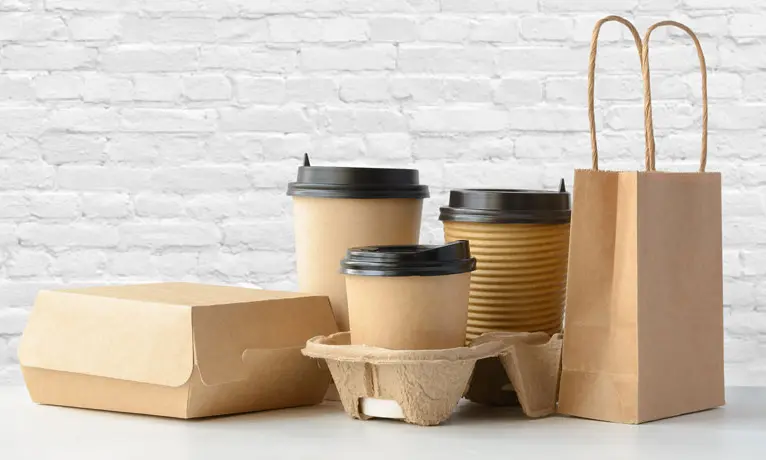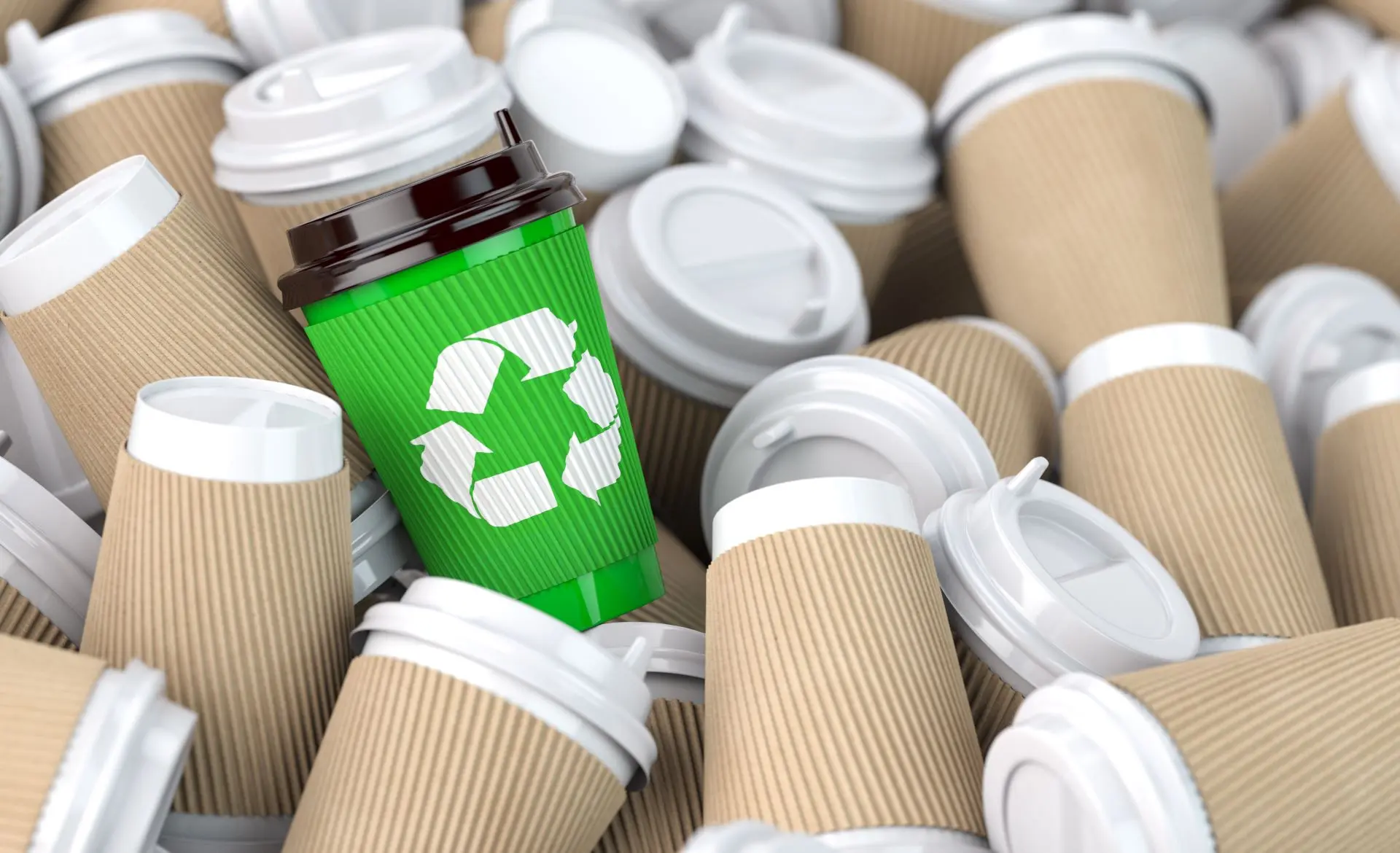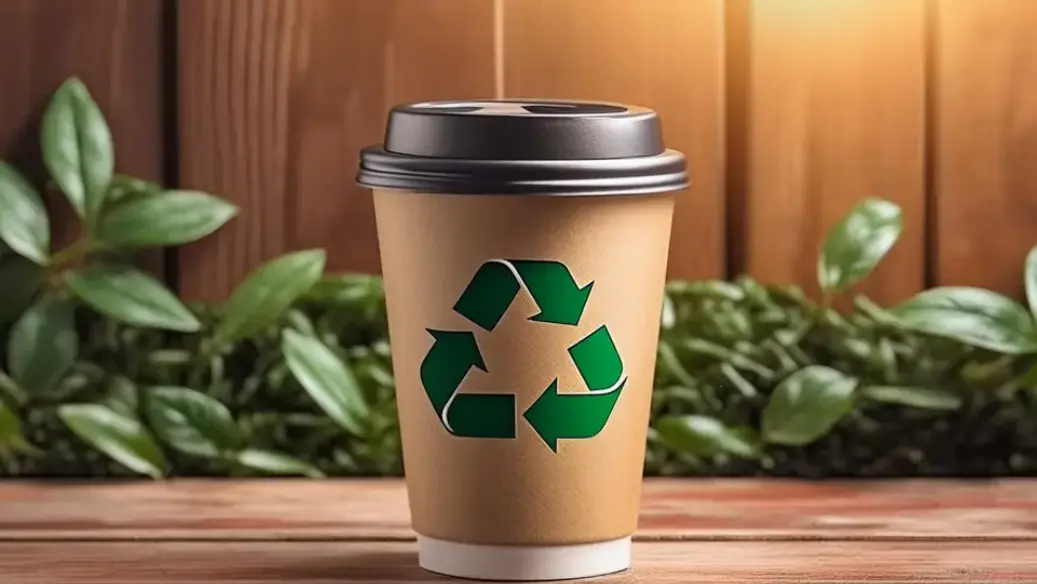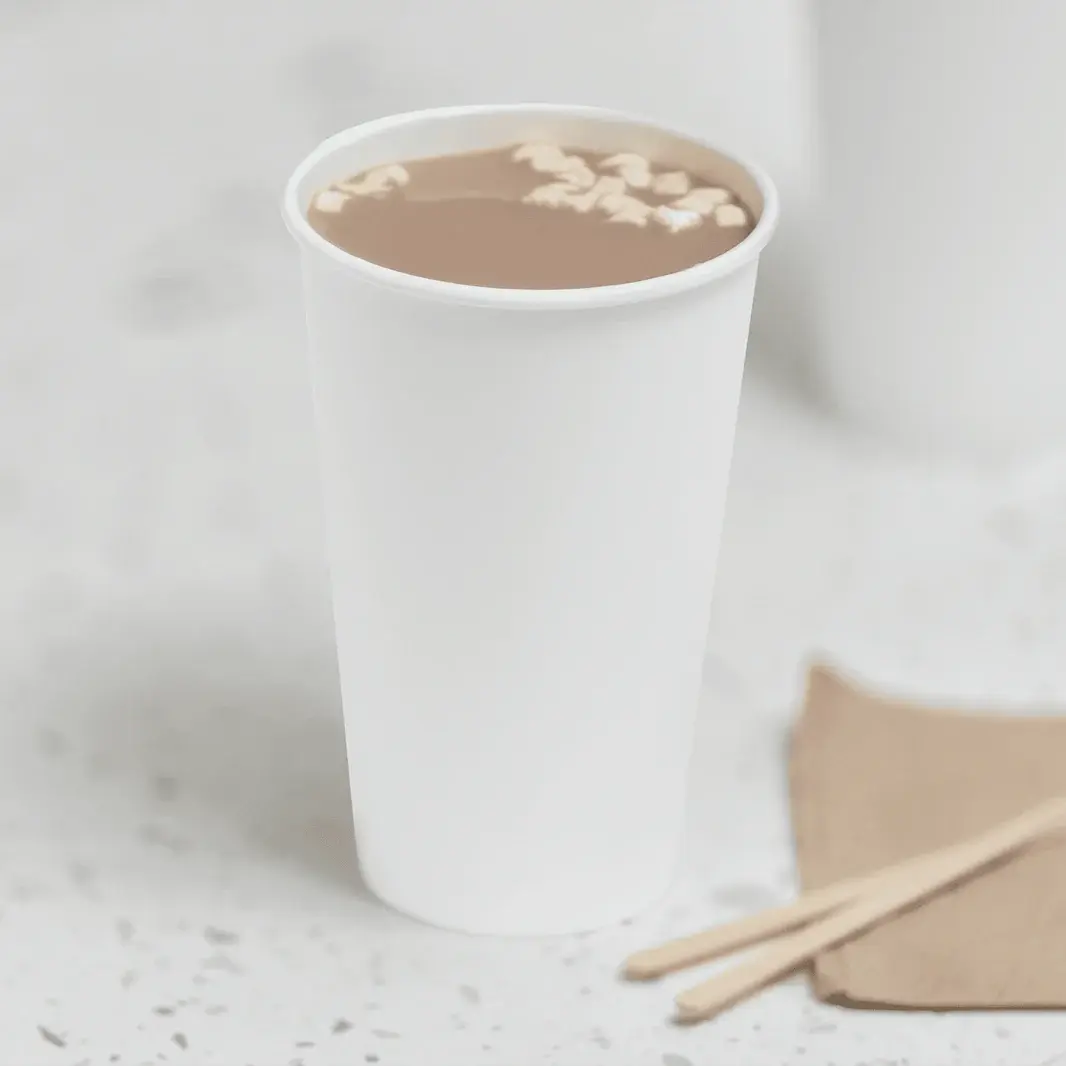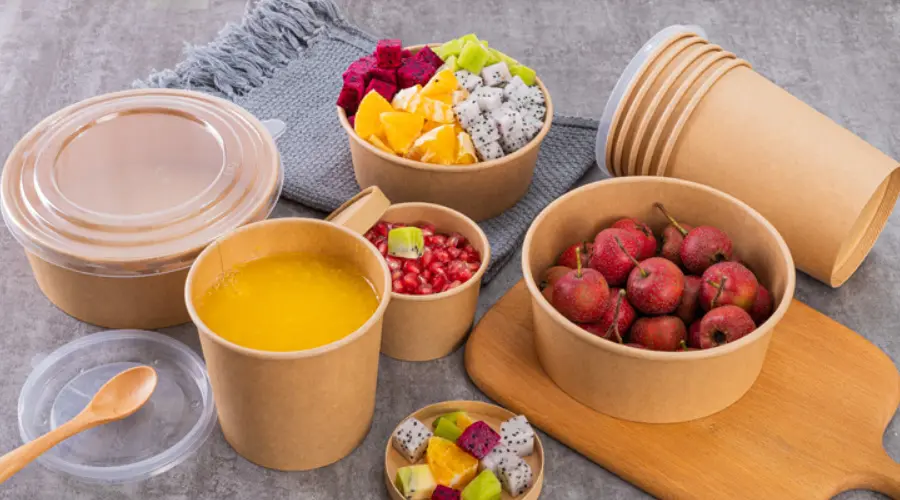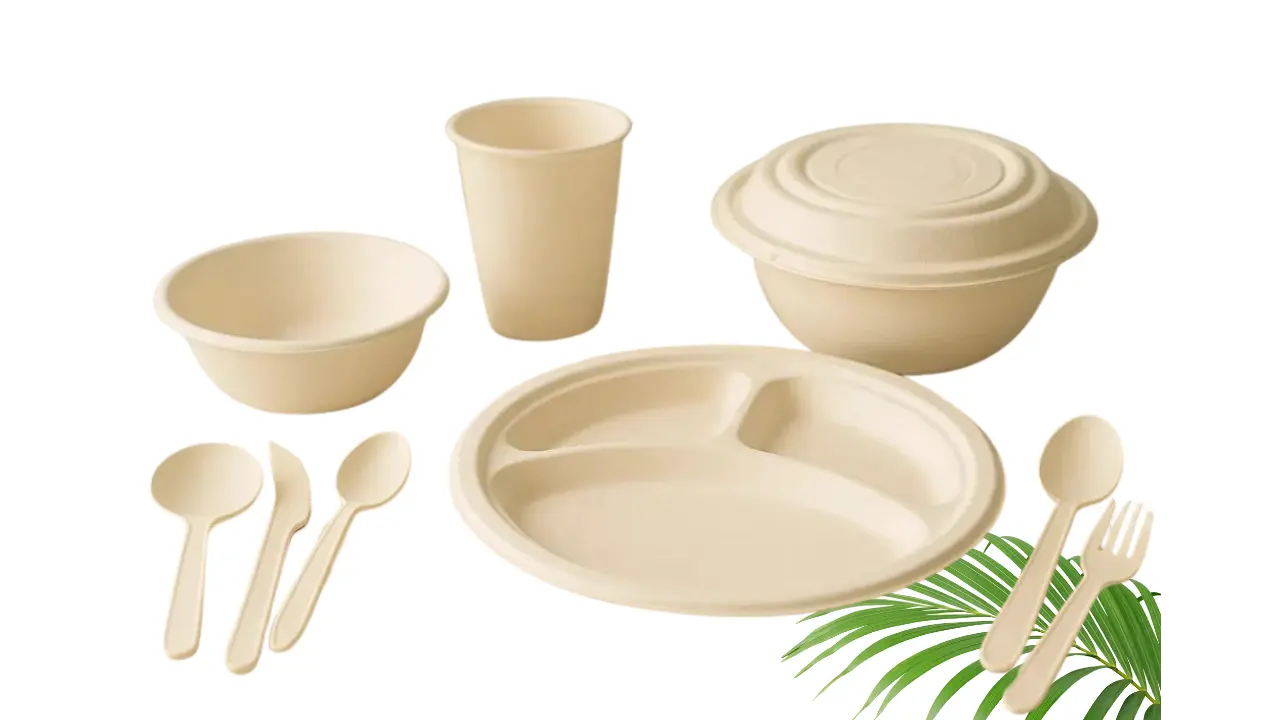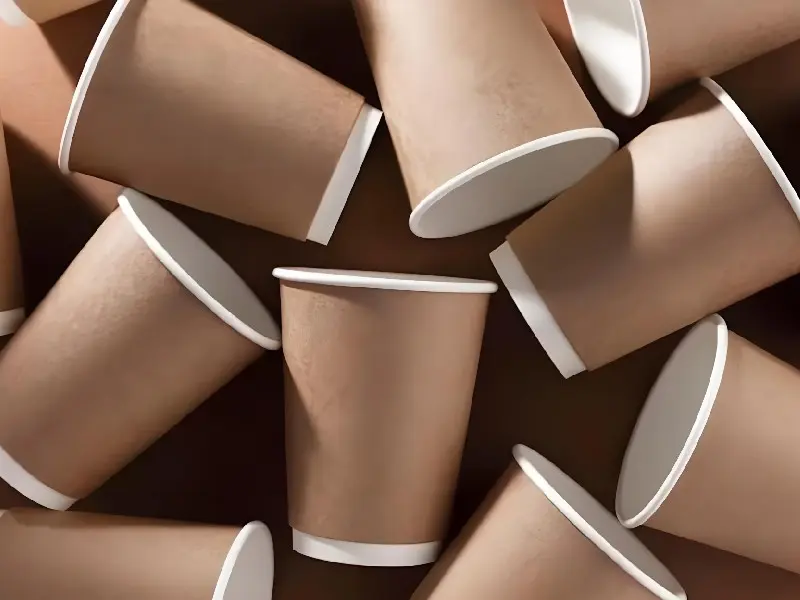A Detailed Look at Paper Cup Production Techniques
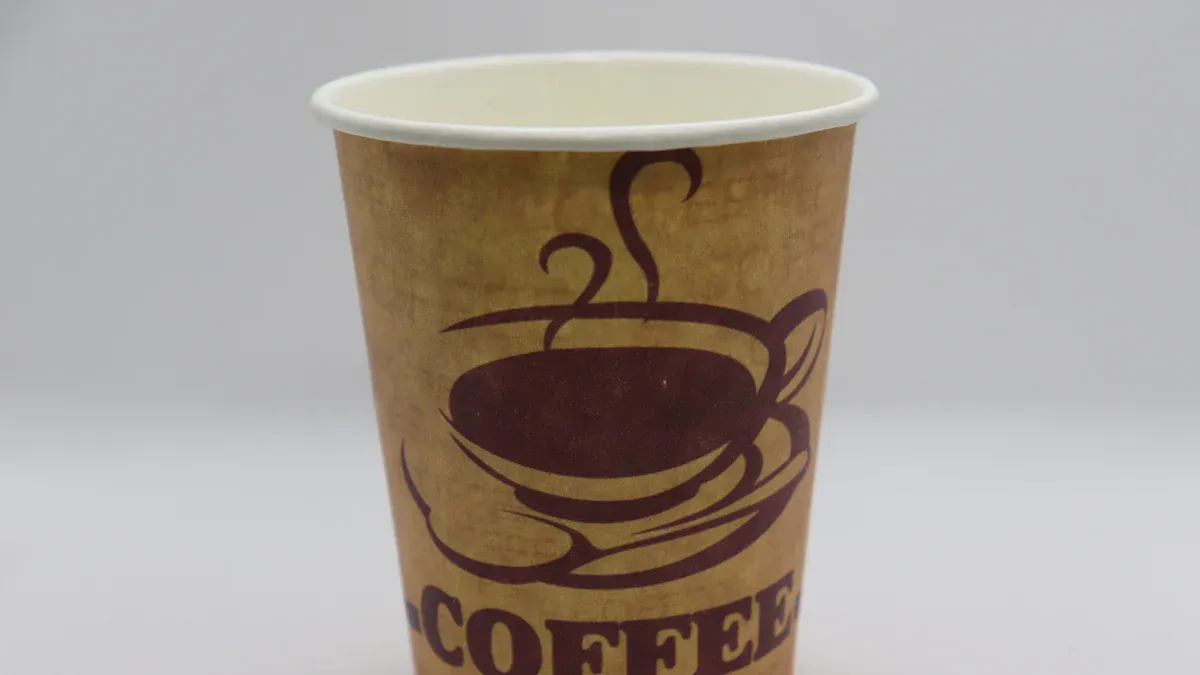
You may wonder how manufacturers create Paper Cups from raw materials. The process involves several key steps, including preparation, coating, printing, and forming. Understanding this production process matters for you as a consumer or business owner. It helps you make informed choices about the products you use and their environmental impact.
Key Takeaways
- Paper cups are made from wood pulp, sourced from sustainable forests. Choosing products made from recycled materials helps reduce waste.
- Coating paper cups with moisture-resistant materials prevents leaks and maintains the cup's integrity. This ensures your drink stays inside the cup.
- Quality control is essential in production. Regular inspections and tests ensure that every cup is safe and reliable for use.
The Production Process of Paper Cups
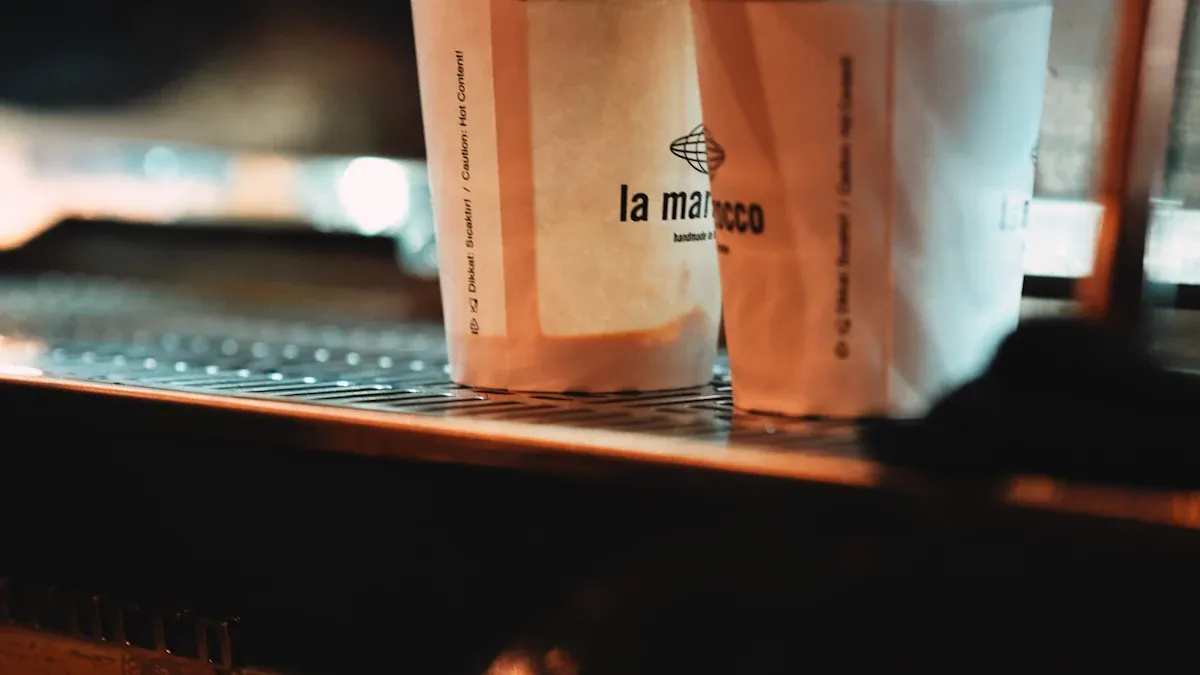
Raw Material Preparation
The journey of paper cups begins with raw material preparation. Manufacturers primarily use wood pulp, which comes from trees. They source this pulp from sustainable forests. You can find two main types of pulp: virgin pulp and recycled pulp. Virgin pulp comes from freshly cut trees, while recycled pulp comes from used paper products.
Once the manufacturer selects the type of pulp, they process it into sheets. This involves breaking down the wood fibers and mixing them with water and chemicals. The result is a slurry that they then dry and press into large sheets. These sheets serve as the foundation for your paper cups.
Coating for Moisture Resistance
After preparing the sheets, the next step is coating them for moisture resistance. Paper cups need to hold liquids without leaking. Manufacturers apply a thin layer of polyethylene or other moisture-resistant materials to the paper. This coating ensures that your drink stays inside the cup, preventing any spills.
You might wonder why this coating is essential. Without it, the paper would absorb liquid and weaken, leading to leaks. The coating process is crucial for maintaining the integrity of the paper cups.
Printing and Slitting
Once the sheets are coated, manufacturers move on to printing and slitting. This step allows them to add designs, logos, or branding to the cups. They use high-quality printing presses to ensure vibrant colors and sharp images.
After printing, the sheets undergo slitting. This process cuts the large sheets into smaller pieces, preparing them for the next stage. Each piece will eventually become a paper cup.
Die Cutting and Forming
The next phase is die cutting and forming. In this step, manufacturers use die cutting machines to shape the slitted paper into cup forms. They create specific dies for different cup sizes and shapes.
Once the paper is cut, the forming machines roll and shape the paper into cups. They fold the edges and seal them, ensuring that the cups are sturdy and ready for use. This process is vital for creating the final product you see in stores.
Final Assembly and Packaging
The last step in the production process is final assembly and packaging. After forming, the cups undergo a quality check to ensure they meet safety and quality standards. Once approved, they are stacked and packaged for shipment.
Manufacturers often package the cups in bulk, making it easier for retailers to stock them. You can find these cups in various sizes, ready for your favorite beverages.
Key Machinery in Paper Cup Production
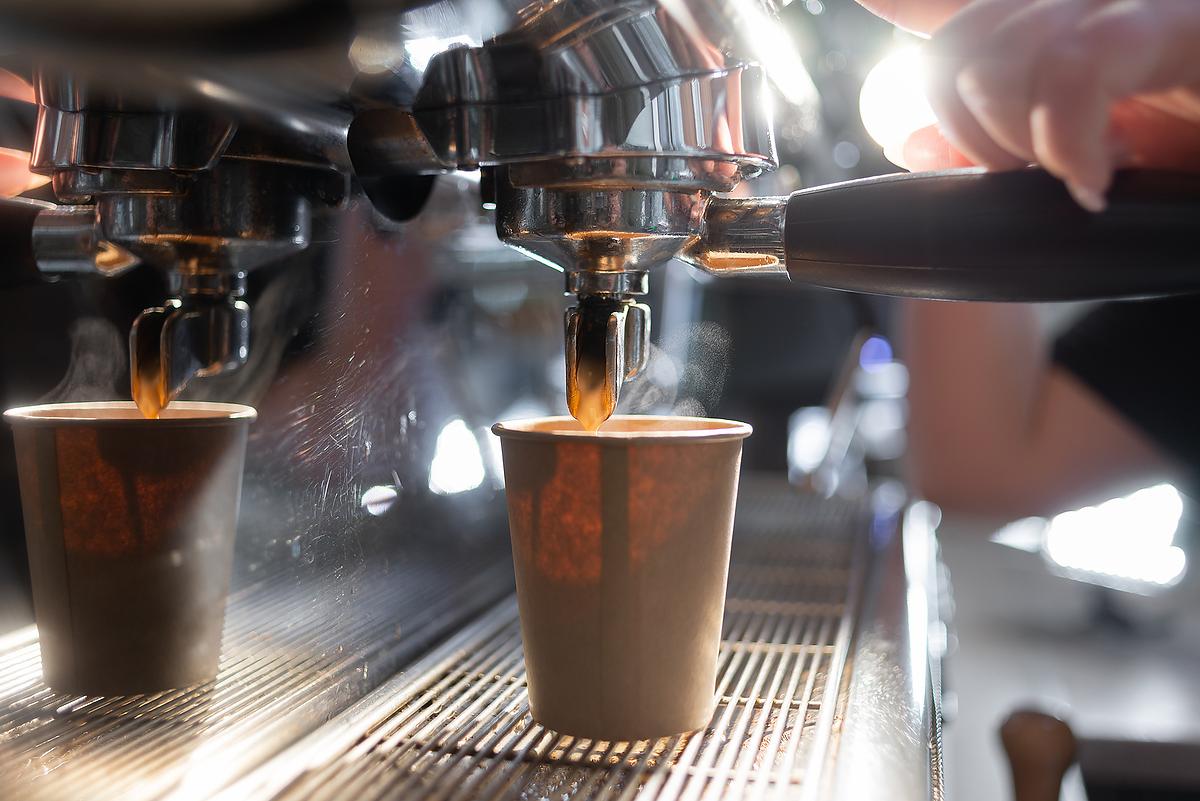
Pulping Machines
Pulping machines play a crucial role in the production of paper cups. These machines break down wood into pulp, which is the primary raw material for making paper. You can think of pulping machines as the first step in transforming trees into the paper you use every day.
The process begins when logs enter the pulping machine. The machine uses water and chemicals to separate the wood fibers. This mixture creates a slurry that becomes the foundation for paper. After processing, the pulp is ready for the next stage.
Sheet Forming Machines
Once the pulp is ready, sheet forming machines take over. These machines convert the slurry into large sheets of paper. They spread the pulp evenly and remove excess water. As the sheets dry, they become strong and flexible, perfect for making paper cups.
You might find it interesting that these machines can produce sheets in various thicknesses. This flexibility allows manufacturers to create different types of paper cups, catering to various needs and preferences.
Printing Presses
Printing presses are essential for adding designs and branding to paper cups. After the sheets are coated and dried, they move to the printing section. Here, high-quality printing presses apply vibrant colors and sharp images to the paper.
These presses can handle large volumes, ensuring that manufacturers can produce thousands of cups quickly. You will often see logos or unique designs on your favorite Coffee Cups, thanks to this machinery. The printing process not only enhances the appearance of the cups but also helps businesses promote their brand.
Die Cutting Machines
Die cutting machines finalize the shape of the paper cups. After printing, the sheets are fed into these machines, which cut them into specific shapes. Each die is designed for a particular cup size and style.
Once the paper is cut, the forming machines take over. They roll and shape the paper into cups, folding the edges and sealing them securely. This step is vital for ensuring that the cups are sturdy and can hold liquids without leaking.
Quality Control and Sustainability in Paper Cup Manufacturing
Quality Assurance Techniques
Quality assurance is vital in paper cup production. Manufacturers implement various techniques to ensure that every cup meets safety and quality standards. You might notice that they conduct regular inspections during each production stage. These inspections help identify defects early.
Some common quality assurance techniques include:
- Visual inspections: Workers check for visible flaws in the cups.
- Strength tests: Manufacturers test the cups to ensure they can hold liquids without leaking.
- Temperature tests: They verify that the cups can withstand hot beverages without deforming.
Sustainable Sourcing of Materials
Sustainability plays a significant role in paper cup manufacturing. Many manufacturers prioritize sourcing materials responsibly. They often choose wood pulp from certified sustainable forests. This practice helps protect ecosystems and promotes reforestation.
Additionally, using recycled materials reduces waste. By incorporating recycled pulp into their production, manufacturers lessen their environmental impact. You can feel good knowing that many paper cups you use come from sustainable sources.
Waste Management Practices
Effective waste management is crucial in the production process. Manufacturers strive to minimize waste at every stage. They recycle excess paper and use it to create new products. This practice not only conserves resources but also reduces landfill waste.
Many companies also implement composting programs for any organic waste generated during production. By adopting these practices, they contribute to a healthier environment. You can support these efforts by choosing paper cups made by companies committed to sustainability.
In summary, each step in paper cup production plays a vital role. Quality control ensures safety and reliability. Sustainability practices protect the environment. As you choose paper products, consider their impact. Your decisions can support eco-friendly practices and promote a healthier planet. 🌍
FAQ
What materials are used to make paper cups?
Manufacturers primarily use wood pulp, which can be virgin or recycled, to create paper cups.
Are paper cups recyclable?
Yes, many paper cups are recyclable, but check local guidelines as some coatings may affect recyclability.
How do manufacturers ensure quality in paper cups?
Manufacturers conduct regular inspections, strength tests, and temperature tests to ensure each cup meets safety and quality standards.

